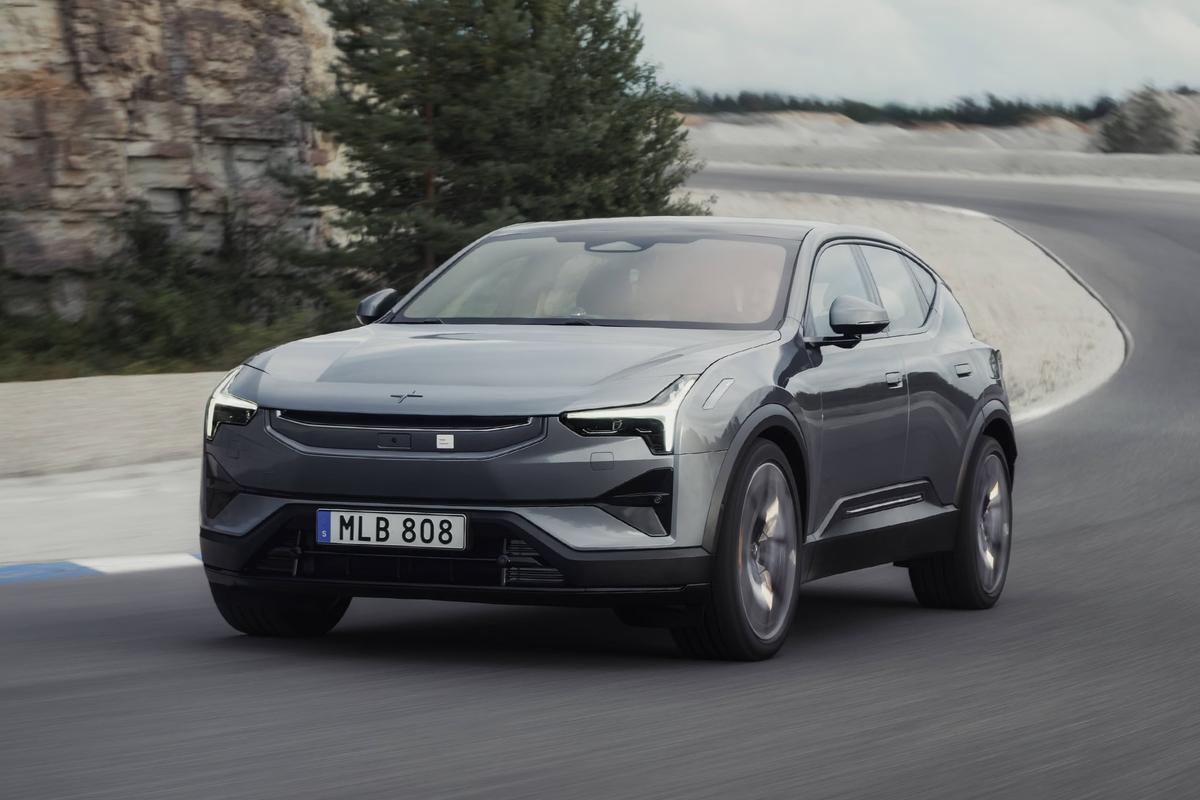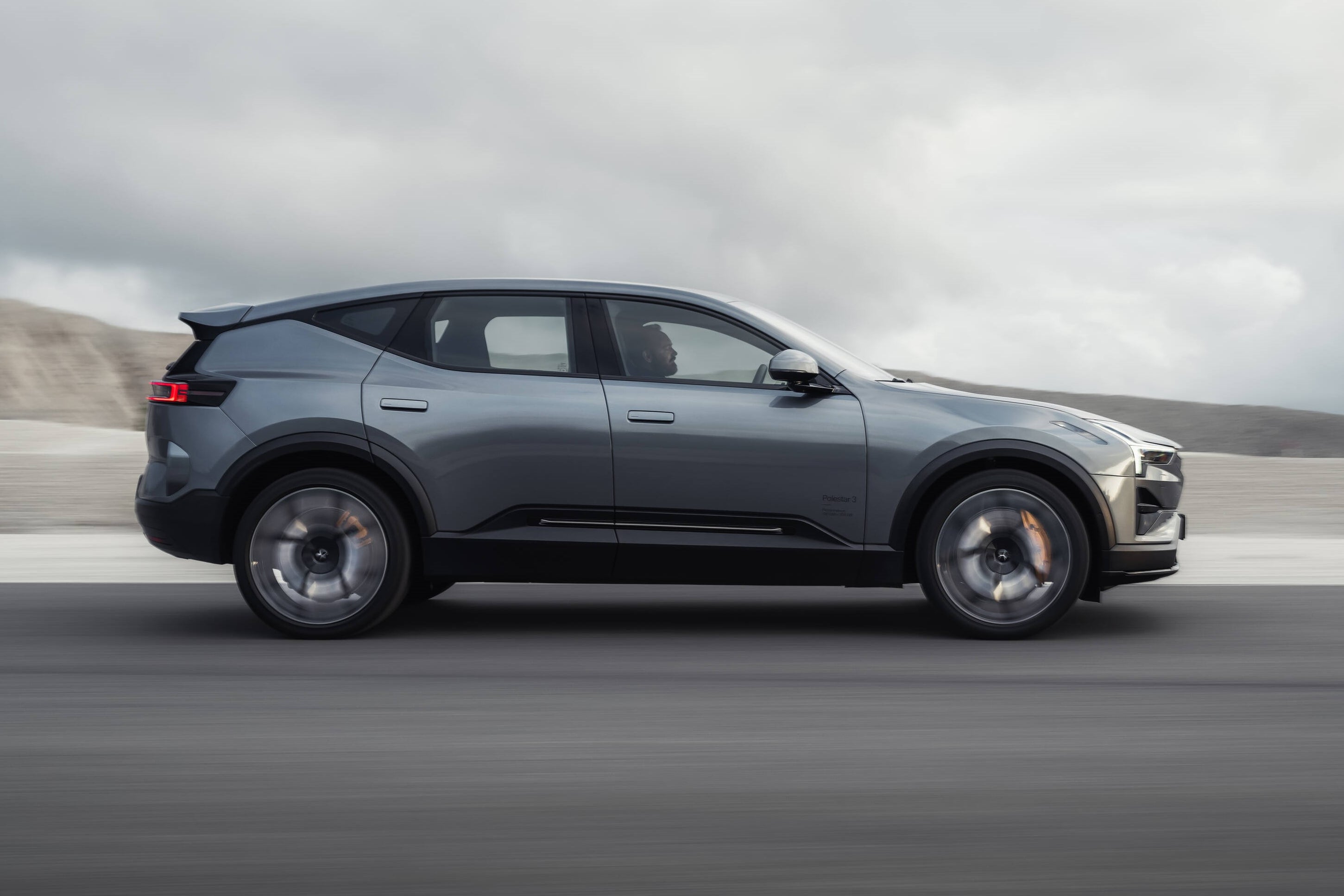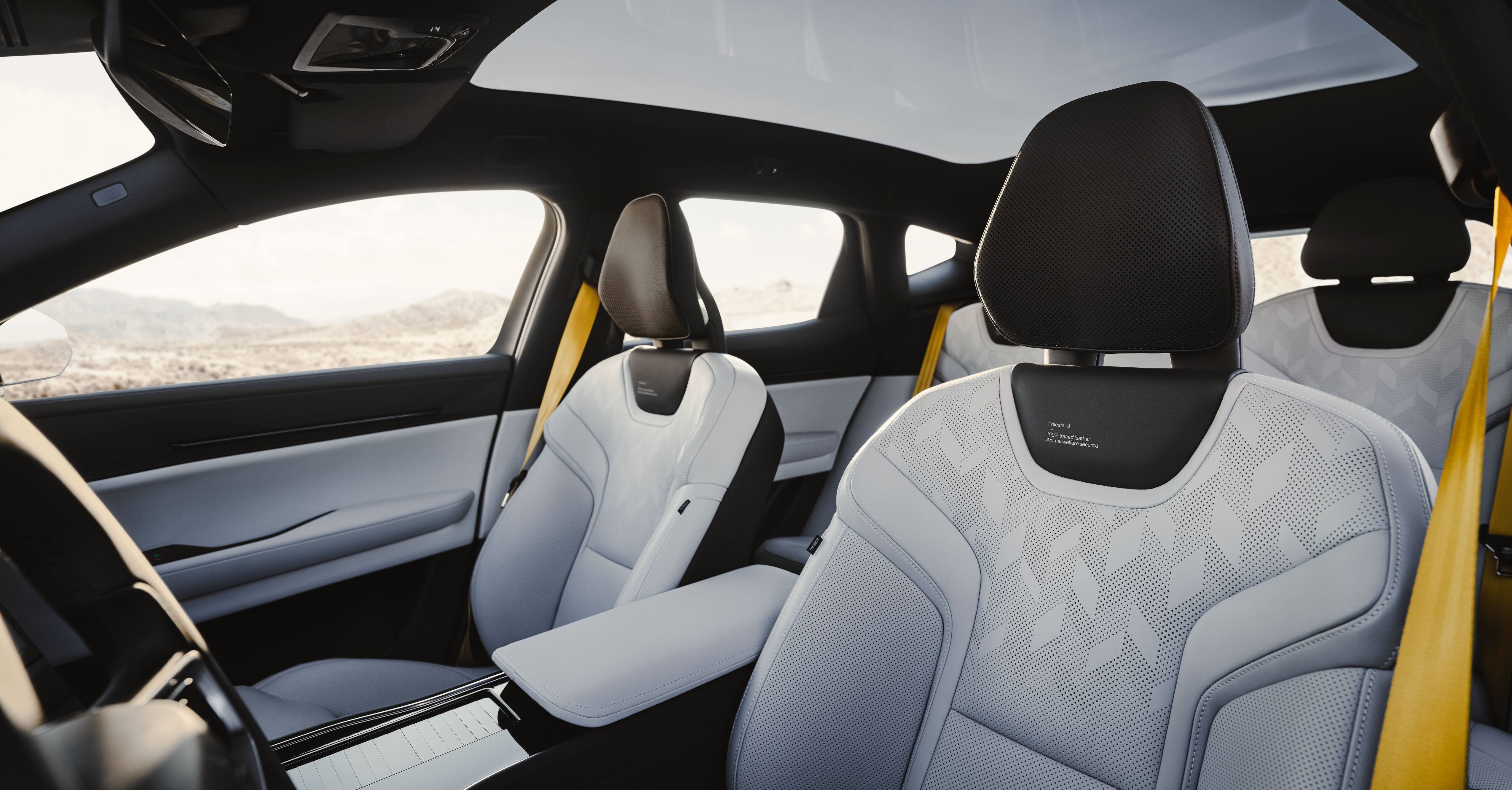
Polestar has unveiled a major upgrade to its flagship SUV, the Polestar 3. The 2026 model brings faster charging, more power and significantly greater computing muscle.
The Swedish-based, Chinese-owned performance brand has introduced an all-new 800V electrical architecture, which allows peak DC charging rates of up to 350 kW. That means the benchmark 10 to 80 per cent top-up can now take as little as 22 minutes – more than 25 per cent faster than before.
The updates to the Polestar 3 are so extensive, Polestar’s CEO Michael Lohscheller said “it’s like an entirely new car.”
Alongside the charging improvements the upgrade also brings new CATL-supplied batteries – a 92 kWh pack for the new Rear motor model, and a 106 kWh pack for Dual motor and Performance versions – with efficiency said to rise by up to 6 per cent.

Performance also moves up a gear thanks to a new in-house developed permanent magnet synchronous rear motor. Paired with an asynchronous front motor – which now disconnects automatically when not required – total power rises to as much as 670bhp in the Performance version. Torque is up to 870 Nm, helping that model to sprint from 0-62mph in just 3.9 seconds. Even the entry-level Rear motor model produces 329bhp and will reach 62mph in 6.5 seconds.
The driving dynamics are tuned further with updated anti-roll bars and steering software, while a stronger rear-biased power delivery is designed to sharpen responses. Polestar insists the result is a more engaging SUV to drive.
Just as significant is a new computing platform. The Polestar 3 swaps its Nvidia Xavier processor for the Drive AGX Orin, boosting processing power from 30 to 254 trillion operations per second. That’s more than eight times the previous capability, enabling faster and more intelligent management of active safety systems, battery control, and sensor data. Crucially, Polestar says this upgrade will be offered as a complimentary retrofit for all existing Polestar 3 customers from early 2026.

Design tweaks also mark out the refreshed car, with a new exterior colour called Storm – a dark grey metallic that replaces Thunder. Inside, standard trim now features Bio-attributed MicroTech trim in Charcoal with repurposed aluminium inserts. Seatbelts even denote the model: plain black in the Rear motor, a black strap with gold stripe in the Dual motor, and full Swedish gold in the Performance version.
Pricing starts from £69,990 for the Rear motor model, rising to £77,990 for the Dual motor and £91,990 for the Performance version. The Rear motor offers up to 375 miles of WLTP range, the Dual motor up to 394 miles, while the Performance tops out at 368 miles.
As before, customers can configure their cars with a wide range of packs and options. The new Climate pack (£700) adds heated rear seats, steering wheel and wiper blades, while the Plus pack (£4,600) bundles in a Bowers & Wilkins audio upgrade, head-up display and soft-close doors. The Pilot pack (£2,300) adds lane change assist and a 360-degree camera. A new Prime pack (£6,500) combines all three with rear privacy glass and comes as standard on the Performance model. Other extras include 1.3 megapixel HD LED headlights (£1,600), a fully electric tow bar (£1,200), and 22-inch Sport wheels (£2,000).
Available to order now, the upgraded Polestar 3 will get to the first customers in early 2026.
The Tesla Model Y Performance is the best car Tesla has ever built
The all-electric Citroen C5 Aircross goes all in on comfort
The EV grant makes the Ford Puma Gen-E even cheaper than the hybrid
Citroen C5 Aircross review: A comfort king with mighty range
Best electric cars 2025: Top 11 EVs to buy and the ones to avoid
Living with an electric BMW iX: it’s like a butler on wheels
Will.i.am just invented an AI-powered car radio – and I’ve tried it







